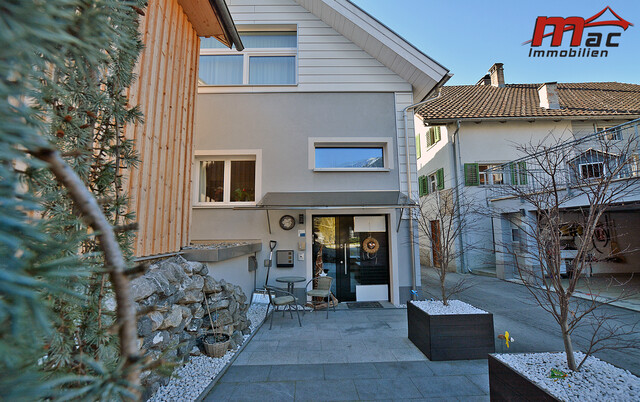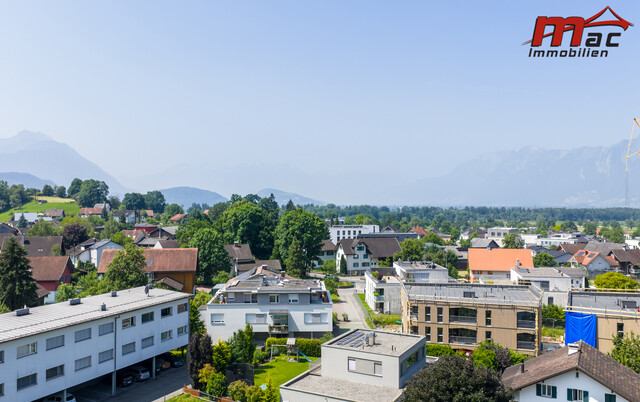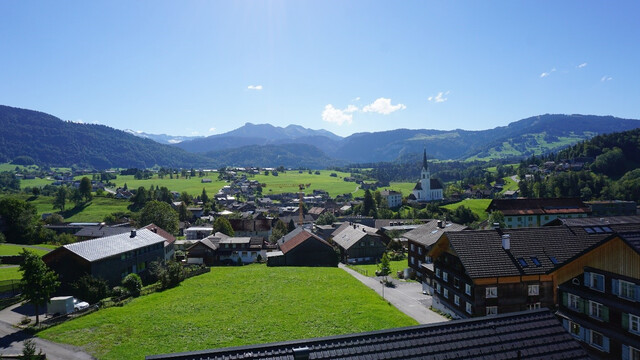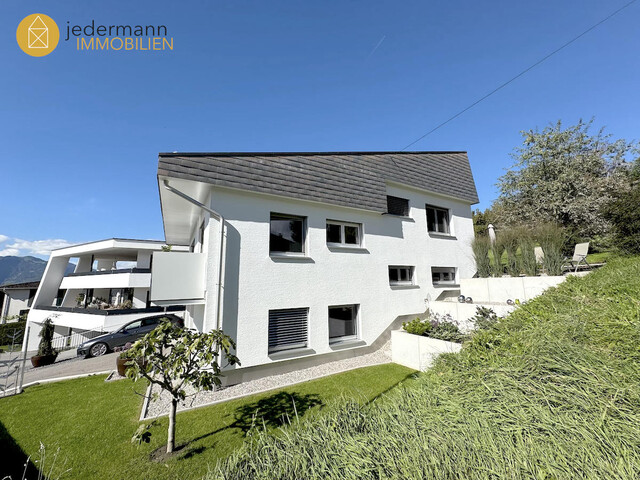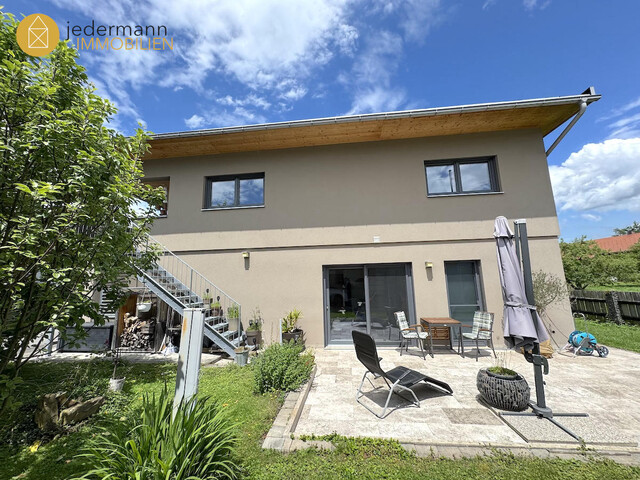Viennese Study: More Close Friendships Drive Political Polarization Forward
To measure polarization, the research team used over 27,000 surveys from a period between 1999 and 2017 from the "Pew Research Center," which regularly surveys political attitudes in the USA. For the analysis of friendship networks, 30 surveys from Europe and the USA between 2000 and 2024 with over 57,000 respondents were used.
Viennese Study Shows: Close Friendships Are Increasing
For decades, sociological studies have shown that people have an average of two close friendships. These are relationships with people with whom one talks about everything - from politics to sexuality to partnership - and who can influence one's opinion on essential matters, explained Stefan Thurner from the Complexity Science Hub (CSH) to the APA. Accordingly, the number in 2000 was also an average of 2.2 friends, doubling to four to five in 2008.
The reason for this sudden increase could be the introduction of the smartphone and the resulting much better accessibility, the researchers suspect. However, it is not entirely clear why and whether social media have led to more close friendships.
According to Thurner, these relationships are not the only factor that can influence polarization. The year 2008, for example, is associated with the financial crisis and its impact on economic inequality. "But what is extremely remarkable is the simultaneous jump in the data for the two phenomena studied. In contrast, the gap between rich and poor has been gradually widening since the 1970s," he said.
Model Shows Societal Phase Transition
Using a mathematical social model, Thurner and his team examined the relationship between opinions and social interactions. "Simply put, the model represents each person as an avatar. Each avatar has a few dozen opinions on various topics, such as voting behavior, the death penalty, or veganism," he said. "When two people meet, they compare their opinions. The similarity of their opinions determines the frequency or intensity of the relationship."
In the model, the researchers traced the development between 2008 and 2010 (according to Thurner, there is no data on polarization in the surveys examined for the period after that). Due to the higher number of close friendships, the network became denser and the interactions more dynamic. They found that polarization increases significantly when a critical friendship density of somewhere between three and four people is reached. You can think of it like the phase transition from water to ice, said the researcher. At zero degrees, the interactions in the system and thus its properties change drastically.
Why More Interactions Require Less Tolerance
"If I have two friends, I do everything to not lose them and am therefore very tolerant towards them. But if I have five and it becomes difficult with one of them, it's easier to replace the fifth and find someone else," explained Thurner.
The main effect of this is that people with similar opinions increasingly come together in so-called bubbles. There is then hardly any exchange between these bubbles. This is somewhat counterintuitive: it is often assumed that more social networking or conversations with people who have different opinions would lead to greater tolerance.
Furthermore, democracy is based on the premise that all parts of society must be included in decision-making processes. If different groups can no longer talk to each other, this democratic process no longer works. "You learn tolerance to some extent in kindergarten and school, but given the results, it would certainly be important for democratic societies to address this issue early and proactively," said Thurner.
(APA/Red.)
This article has been automatically translated, read the original article here.
Du hast einen Hinweis für uns? Oder einen Insider-Tipp, was bei dir in der Gegend gerade passiert? Dann melde dich bei uns, damit wir darüber berichten können.
Wir gehen allen Hinweisen nach, die wir erhalten. Und damit wir schon einen Vorgeschmack und einen guten Überblick bekommen, freuen wir uns über Fotos, Videos oder Texte. Einfach das Formular unten ausfüllen und schon landet dein Tipp bei uns in der Redaktion.
Alternativ kannst du uns direkt über WhatsApp kontaktieren: Zum WhatsApp Chat
Herzlichen Dank für deine Zusendung.
